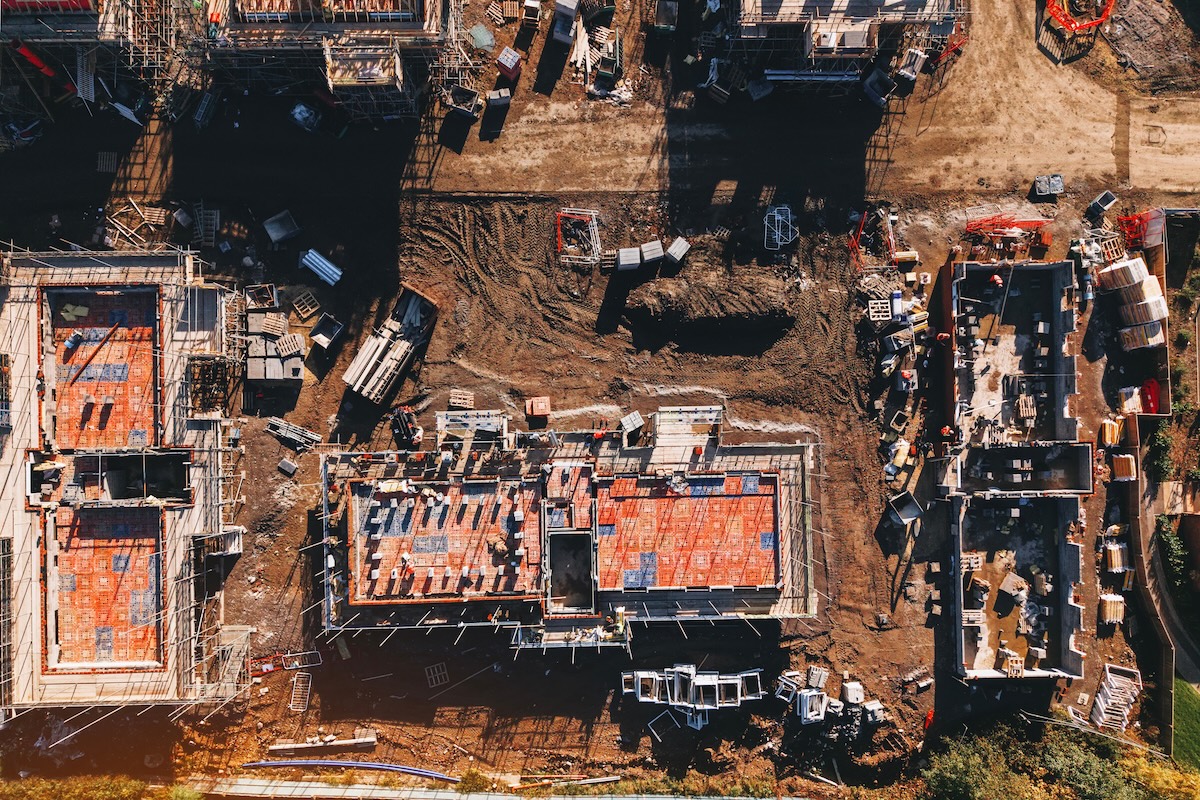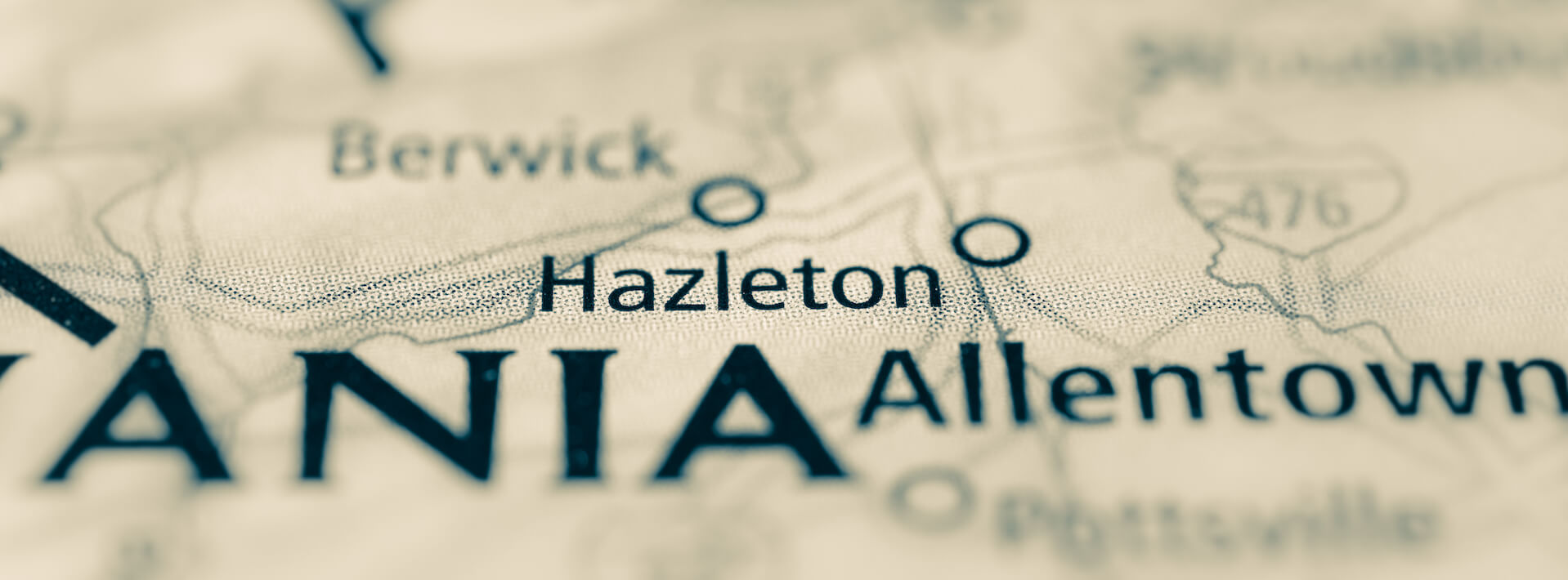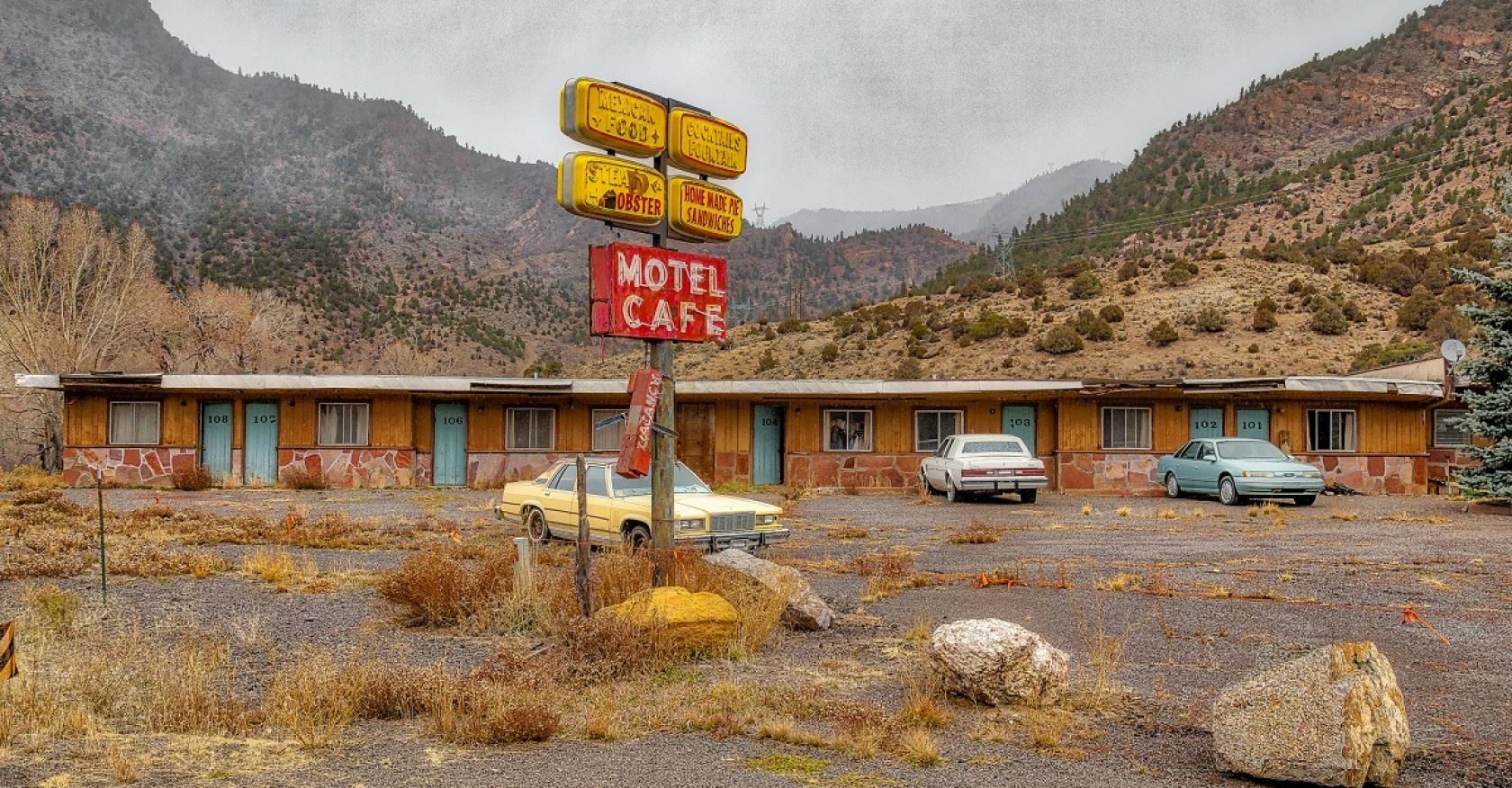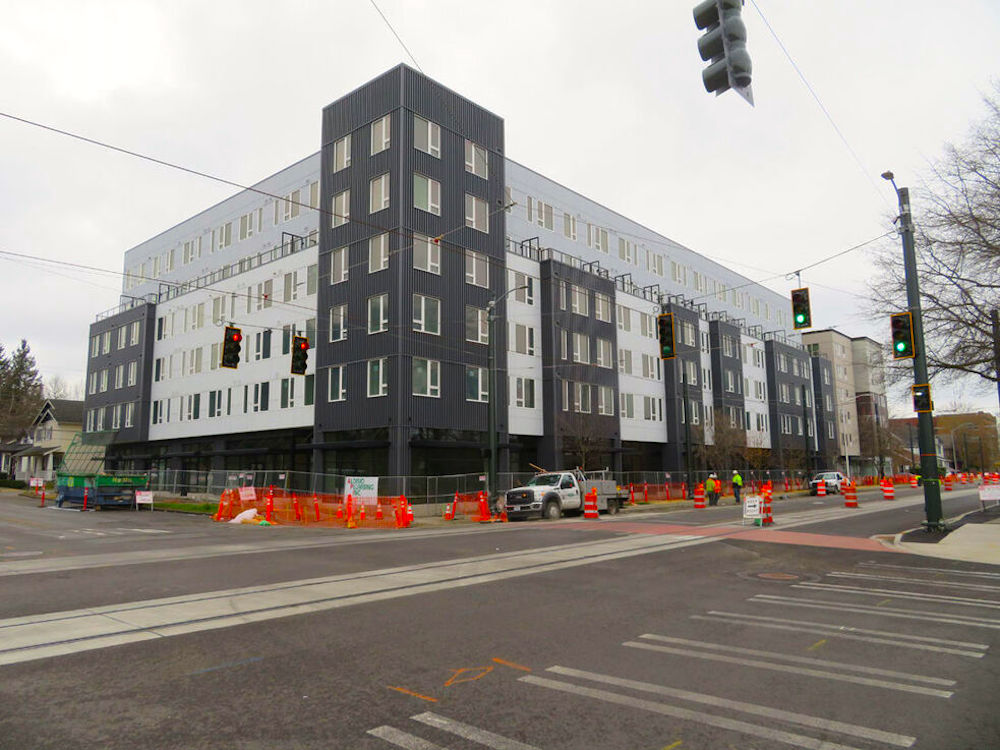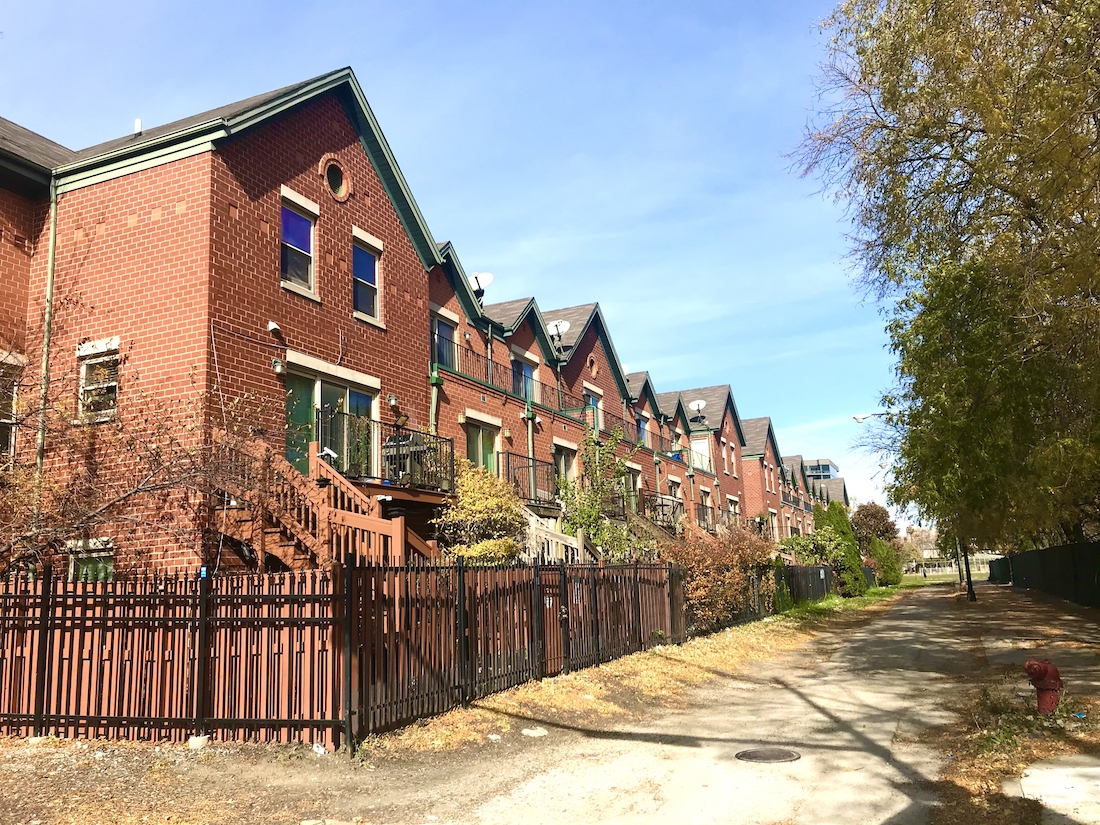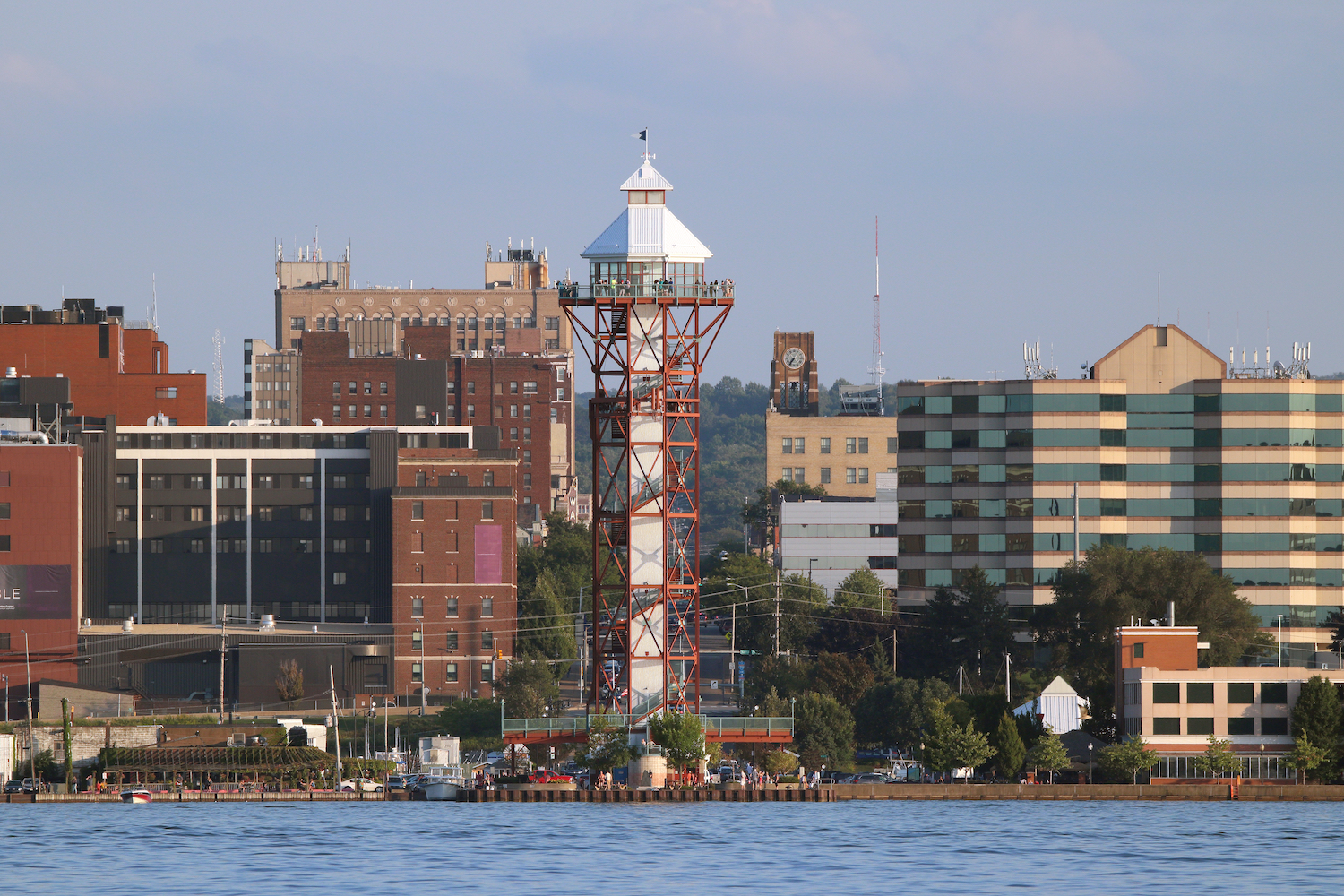The shape of Republicans’ new tax bill is not yet known, but that’s not slowing Arctaris Impact Investors.
The Boston-based fund manager is looking to close its fourth Opportunity Zone fund at $200 million this year on the assumption that President Trump will work with Congress to extend the community economic development program – and its capital gains tax breaks – or make them permanent before the provisions sunset in 2025.
Though not without critics, Opportunity Zones represent a rare chance for bipartisan cooperation. The program, originally part of Trump’s 2017 Tax Cuts and Jobs Act, has mobilized as much as $84 billion from private equity investors looking for capital gains tax relief in exchange for investments in nearly 9,000 designated low-income census tracts. With Trump back in the White House, the program looks likely to be extended, and perhaps even improved.
“We remain really optimistic that it’s going to get extended, that they’re going to put in some of these things around transparency and impact, and that firms like ours will be really well-positioned to help shepherd that into the next generation,” Arctaris’ Patrick Mullen told ImpactAlpha.
Back in 2019, Trump touted the tax breaks as “the hottest thing going,” and a number of his wealthy associates have taken advantage of the program to put capital to work in projects of sometimes dubious impact. Ahead of a potential revision, some research suggests that giving wealthy investors tax breaks on capital gains for investing in low-income, underinvested neighborhoods could end up costing taxpayers more than the impact it is generating.
Currently, Opportunity Zones offers three core tax incentives for investors. OZ investors can defer capital gains until the end of 2026 by reinvesting gains earned outside of a zone into qualified opportunity funds. For investors who hold an OZ investment for more than 10 years, any appreciation in value could be entirely tax-free. And investors who hold their OZ investments for at least five to seven years, receive a reduction of up to 15% on capital gains taxes that they would otherwise owe.
Estimates from the Congressional Budget Office projected that extending OZ tax breaks could end up costing over $100 billion over 10 years.
An analysis last year by Economic Innovation Group, which helped design the original legislation, found that Opportunity Zones tax incentives had helped drive significant increases in the supply of housing. The zones represent about 10% of the US population but account for 20% of all new market-rate multifamily apartment units under development, up from 8% prior to the program. “Critically, this revaluing of distressed areas came with no observed increase in rents,” the EIG report found.
Some 500,000 new jobs have been created in low-income neighborhoods, according to the Nowak Metro Finance Lab at Drexel University
Place-based strategies
Arctaris has raised $350 million across four private equity Opportunity Zone funds since 2018. Mullen says raising capital from private limited partners has been challenging as the program’s sunset nears. But Arctaris is seeing an influx of inquiries for place-based Opportunity Zone collaborations, as state and city government leaders anticipate its extension.
“One thing I would say has been a huge success from the creation of Opportunity Zones is it really mobilized communities to think about these public, private, philanthropic partnerships in a way they just never had before,” says Mullen, who met with city government leaders at the US Conference of Mayors in Washington, DC last week. “In our current pipeline, we’re seeing a lot of interest from cities, counties and states who want to have a place-based investment program that Arctaris can bring.”
With equity capital from its Opportunity Zone Funds, Arctaris has launched eight place-based investment programs in cities in Maryland, Ohio, Pennsylvania, Colorado, Maine, Rhode Island and Ohio. The place-based vehicles, which invest in affordable and workforce housing, broadband infrastructure and operating businesses to create jobs, are backed with first-loss capital from local governments, community foundations and other philanthropic partners.
The firm comes up with 80% of the capital for OZ projects via its blended finance structure, with local governments and community-based backers putting up the rest.
Before he joined Arctaris, Mullen, with support from the Utah Governor’s Office of Economic Opportunity and Sorenson Impact Center, helped put together a statewide consortium for Opportunity Zone investing in Utah.
Now, Mullen said, the firm is nearing completion on a statewide program in the mid-Atlantic region that may grow to be as large as $100 million and another with a city and community foundation in the Pacific Northwest that may reach $50 million.
In Erie, Pennsylvania, Arctaris in 2020 launched a $40 million place-based program, backed with $5 million in first-loss capital from the Erie Community Foundation, to invest in the downtown revitalization in the city’s qualified Opportunity Zones. Erie Insurance Group is an LP in Arctaris’ Opportunity Zone funds.
In downtown Erie, where there are eight federally designated Opportunity Zones, “We’re the first capital investor to be building new workforce housing in 50 years,” says Arctaris’ Andrew Gibbs. “We’ve built 60 apartments in downtown Erie, a rock climbing gym, a food hall and a grocery store. We craft a strategy specific to each community to help advance a social impact goal that will hopefully unlock additional economic development.”
In Baltimore, Arctaris launched a $25 million program with $4 million from Abell Foundation and $1 million from the Neighborhood Impact Investment Fund, with a focus on investing in operating businesses that create local jobs. The program has backed Up to Date Laundry, a laundry company that provides services to local healthcare providers such as the University of Maryland Medical System and Johns Hopkins University, to create good jobs for East Baltimoreans. The impact investor last week backed a $30 million hotel-to-residential conversion project in downtown Baltimore that will create more than 300 units of affordable housing for working families.
Other place-based programs include a $10 million partnership with Cuyahoga county’s government and the Cleveland Foundation for investing in growing companies in Cuyahoga County’s low-income census tracts. In Pittsburgh, Arctaris partnered with the Richard King Mellon Foundation to invest in local businesses, clean energy, housing and internet access.
In rural low-income census tracts, areas often overlooked by traditional OZ investors, Opportunity Alabama has helped drive more than $300 million in real estate development in designated Opportunity Zones. Through a joint venture with Ross Baird’s Blueprint Local, Opportunity Alabama is raising a $40 million fund to keep investing in Opportunity Zones in Alabama.
Opportunity Zones 2.0
Advocates see opportunities for improvement in an updated Opportunity Zones bill. Updated census zones, for example, could take into account new economic hubs that have sprung up around battery and chip plants, as well as downtowns with empty office buildings that could be adapted for new uses, argues Bruce Katz of the Nowak Metro Finance Lab at Drexel University.
And OZs could be better integrated with Low-Income Housing Tax Credits, New Markets Tax Credits and infrastructure funding to align with broader policy goals.
Arctaris has been advocating for greater data transparency and impact reporting on OZ investors, an objective of The Opportunity Zones Transparency, Extension, and Improvement Act, introduced by a bipartisan group of legislators in Congress last year. The bill, which is likely to be reintroduced this year, would enable the creation of Opportunity Zone fund of funds to invest in smaller OZ funds. It would also create a grant fund to support more OZ public-private partnerships.
“Communities have to be allowed to control where and what kind of investments are made, particularly around this question of housing,” says Steve Glickman, who earlier led the Economic Innovation Group and now sits on Arctaris’ board of advisors. Another key revision, he added, “is the need for transparency and accountability, having more public data around what sorts of investments are going into communities with less of a lag, so we have more real-time information.”
An extension for the Opportunity Zone program could come early this year, according to Glickman, as Congress and the Trump administration look to lock in Trump’s 2017 tax cuts.
“Everyone who’s tracking this right now expects to see some kind of positive movement on the program when Congress is holding together its tax package,” he told ImpactAlpha. “I think it’s very likely to expect you’re going to see this become a permanent part of the tax code.”
Glickman is hoping Congress will take even bolder action to help create a $1 trillion economic development program. He proposes expanding the program’s geographic reach to include neighborhoods that have seen a decline in wages and community wealth.
Some investors are getting on board more for the tax breaks and for Arctaris’ ability to attract catalytic capital from local backers.
“We have some investors who are deeply motivated by wanting to be part of the impact mission,” Mullen said. “The next subset of investors may be what you would call impact agnostic. They’re certainly in favor of impact, but they’re not doing it necessarily just for the impact.”



